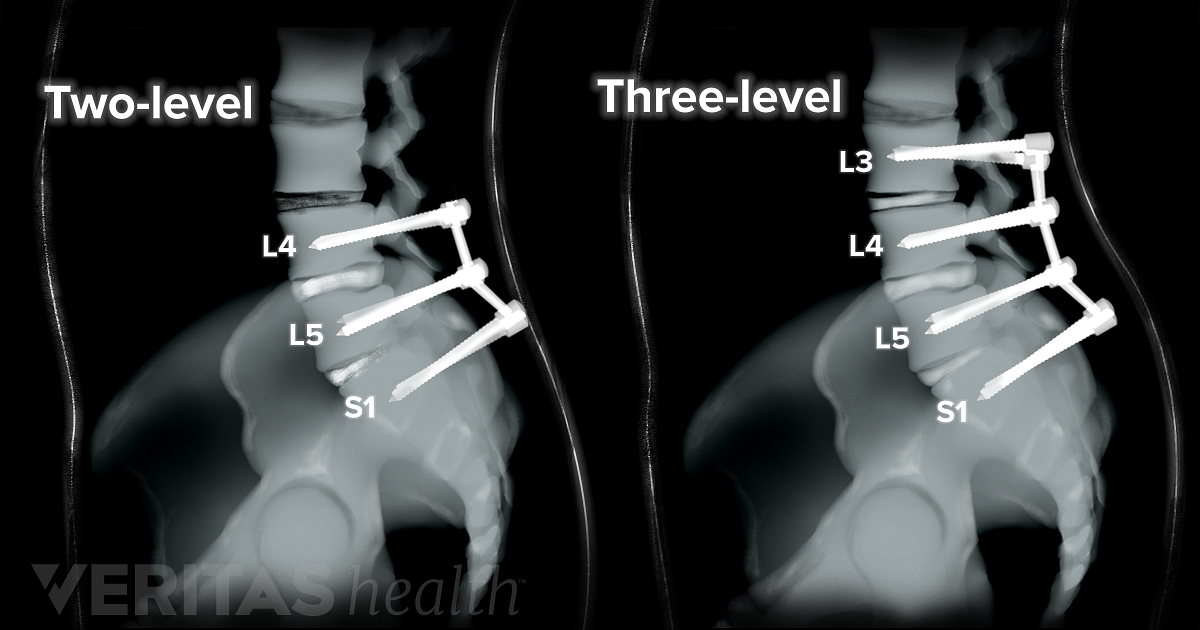


You're likely to spend a night or two in the hospital. Your health care provider may prescribe medication to relieve pain at the incision site. You may also be asked to move your arms and legs.
SPINE FUSION FULL
Based on how many vertebrae were repaired, a full recovery can take several months.Laminectomy is generally safe. They are encouraged to stay active with light exercise, including walking, biking, swimming and other low-impact exercises. Patients are sometimes fitted with a back brace to give extra support while the bones are fusing. However, the time for the bone to fully heal will be the same.įollowing surgery, patients normally stay in the hospital for a few days to ensure that the region is stable before going home. The incision will be much smaller and the recovery time will be reduced. At WakeMed, Sextant Fusion is a procedure that uses minimally invasive techniques. The surgery can be done as an open or traditional procedure or based on the size or location, minimally invasive surgery may be an option. Within months, the region heals, forming a single bone. After putting the graft material between the vertebrae, it is held in place with rods and screws, forming a cage for support until the fusion is complete. Different materials can be used for the graft – bone taken from the patient’s pelvis, donor bone or even plastic or metal spacers. After slightly sanding the bones of each vertebra, a bone graft is inserted. Transforaminal lumbar interbody fusion (TLIF) – the cut is made in the back, not over the site, but at an angle to reach the diseased or damaged vertebraĭirect lateral interbody fusion (DLIF) – the site is accessed from the side of the patient’s abdomenĪ single cut is made, and muscle is moved to reach the fusion site. Based on the repair, the surgeon can opt for different approaches:Īnterior lumbar interbody fusion (ALIF) – the incision is made through the abdomen The surgery is done with the patient under general anesthesia. While this surgery restricts movement, it is effective in reducing pain, numbness and weakness in the lower back and legs.

In many cases, spinal fusion is performed along with other surgeries, such as removal of bone or herniated discs that are narrowing the spinal canal or pressing on nerves.

The procedure, which is done to treat fractures, age-related disc degeneration and spinal stenosis, helps restore stability in the spine. Lumber Spinal Fusion permanently connects two or more vertebrae without allowing movement between them.


 0 kommentar(er)
0 kommentar(er)
